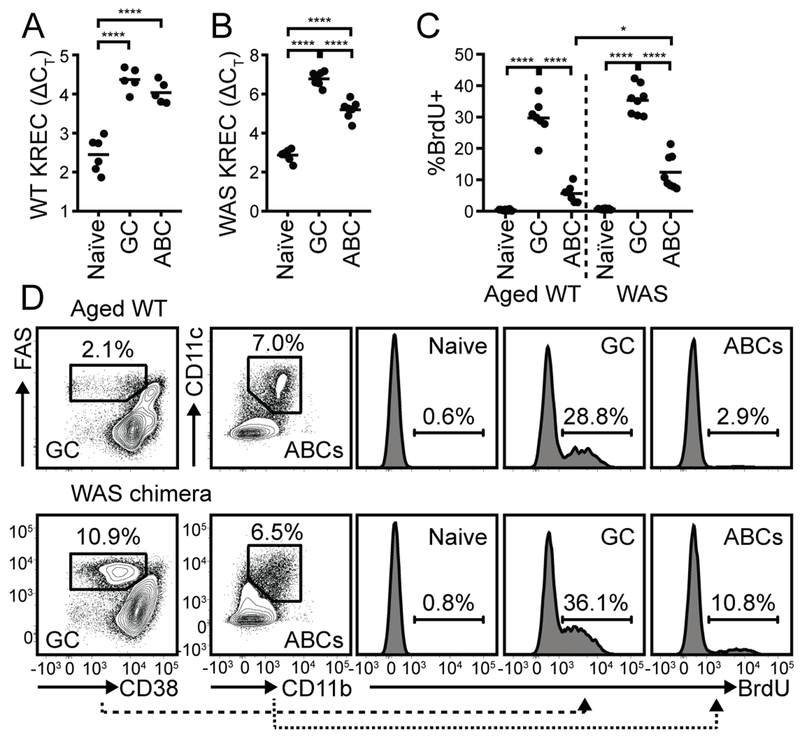Figure 1: ABCs are a predominantly quiescent population with an extensive replication history.
(A, B) KREC analysis of sorted naïve B cells (CD19+CD11b−CD11c−FAS−), CD38loFAS+ GC B cells, and CD11b+CD11c+ ABCs from 12-month-old C57BL/6 female (A) and autoimmune WAS chimera (B) mice. (C) % BrdU positive B cells in naïve, GC, and ABC compartments in 18-month-old aged female (left) and WAS chimera (right) mice. (A-C) Each data point indicates an individual animal, pooled from two independent experiments. *, P<0.05; ****, P<0.0001; by one-way ANOVA, followed by Tukey’s multiple comparison test. (D) FACS plots showing gating of GC B cells and ABCs (left panels), and histograms of BrdU labeling in indicated subsets (right panels) in representative 18-month-old C57BL/6 female (upper panels) and WAS chimera (lower panels) mouse. Number indicates % within gate.

